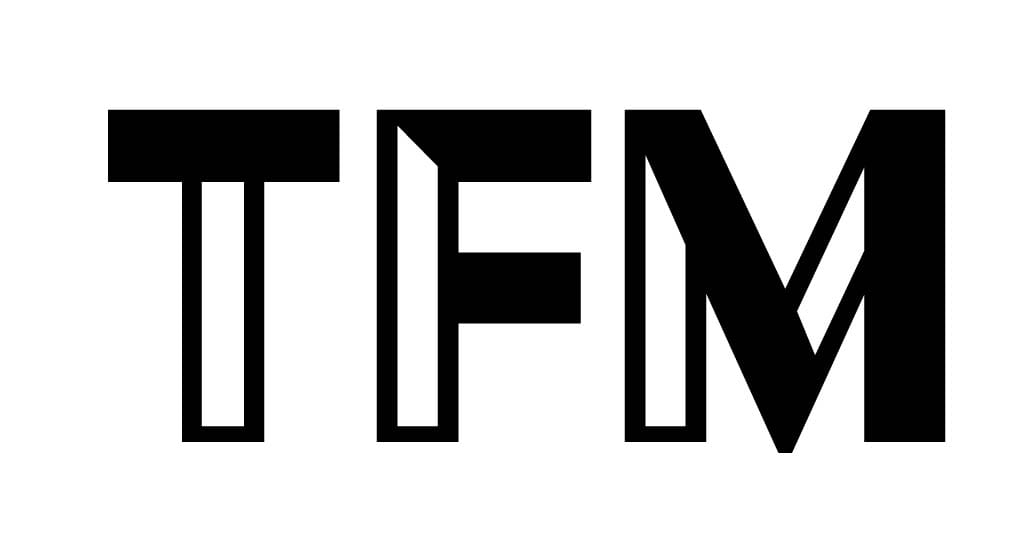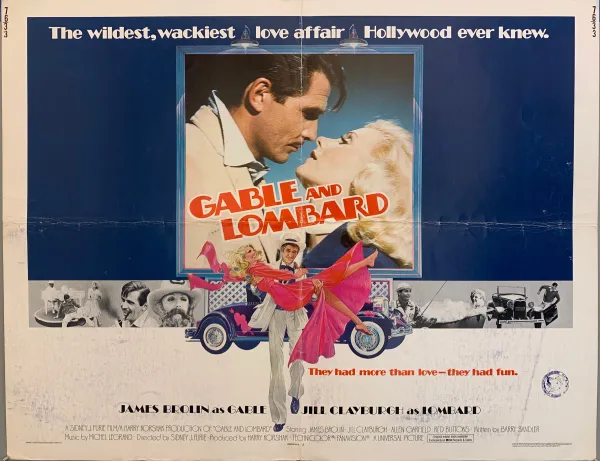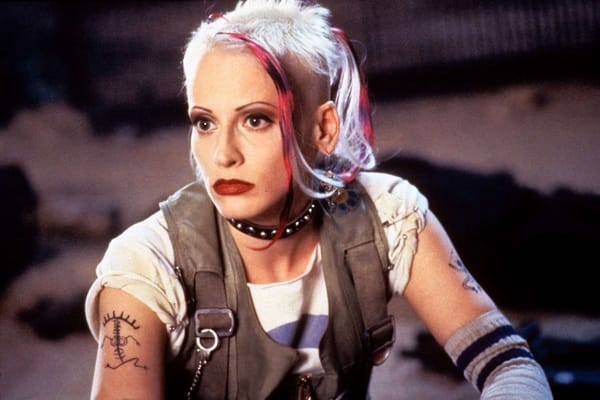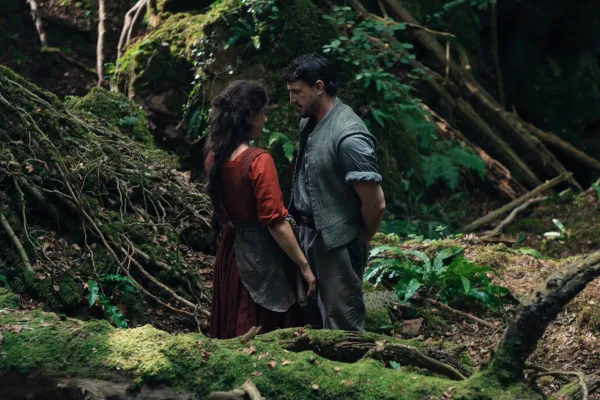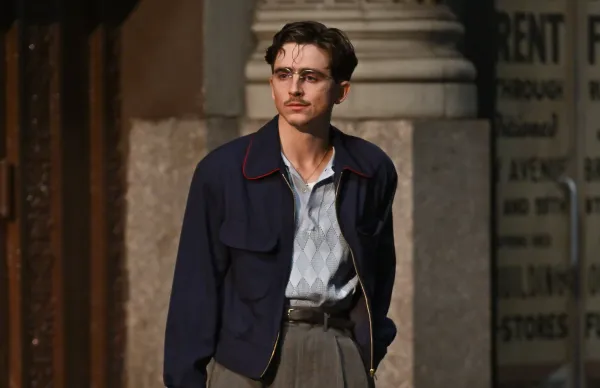Popcorn Disabilities: Outer Blindness, Inner Goodness, and Wait Until Dark
The movie that proved there's no being mean to Audrey Hepburn
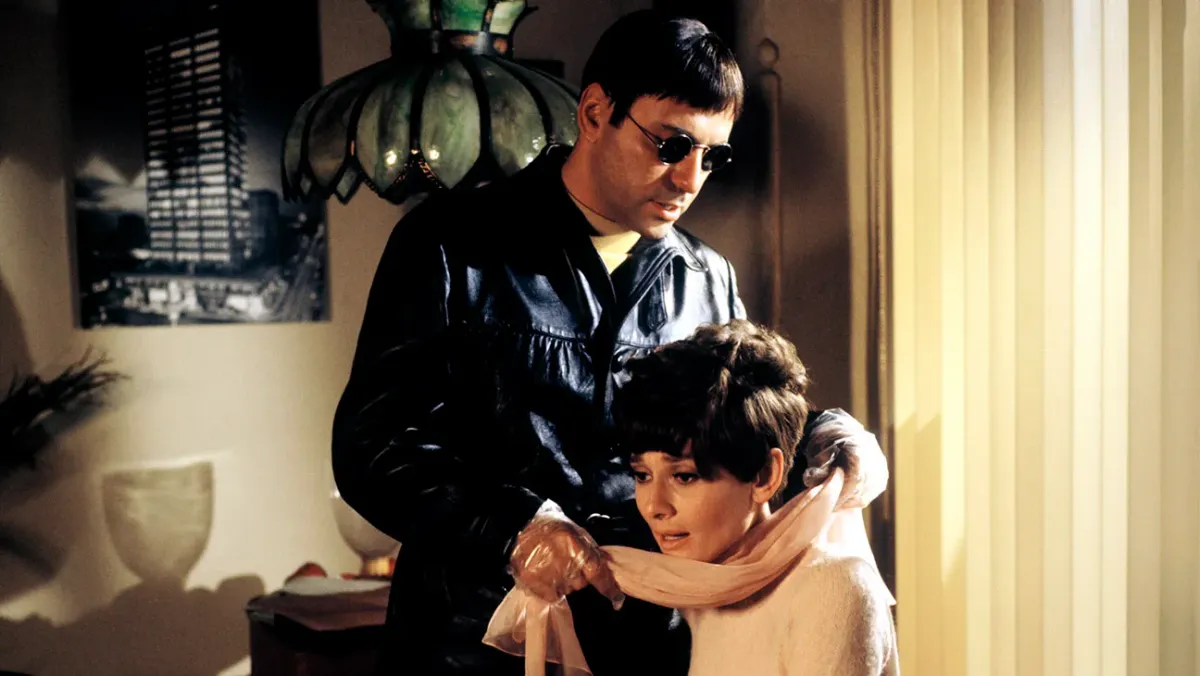
Welcome to this installment of Popcorn Disability, the series looking at disability through the lens of pop culture leading to the release of my book Popcorn Disabilities. This is a series exclusive to Gold Film Mavens.
Paid subscribers are the backbone of The Film Maven who support independent journalism, as well as female- and disabled-created content. Paid Film Mavens get access to two-three exclusive articles a week including access to my series The Trade and Popcorn Disabilities, as well as the ability to chat with me on The Film Maven's Discord server.
Enjoy what you’re reading? Share it with friends. Help us get to 1,000 subscribers by the end of 2025 and I’ll do a full written and video review of Francis Ford Coppola’s Megalopolis.
Read more about the history of disability in film by pre-ordering my upcoming book, Popcorn Disabilities: The Highs and Lows of Disabled Representation in the Movies. I not only expand on what you’re reading here, but examine the stereotypes, tropes, and the good, bad (and really ugly) of disabled movies. Preorder the book by clicking this link! Send me proof of your preorder and I’ll give you a paid subscription to The Film Maven for one year!
I wanted to spend this month talking about disabled characters in horror movies, and I had to include one wherein I love the actress, but not the performance. I've written several articles about "pretty disabilities," a stereotype popular to films with disabled characters wherein the female heroine has invisible disabilities--predominately deafness, blindness, or being non-verbal--that allow for the non-disabled actress to retain her beauty (or fuckability status, depending on your POV).
History has reminded disabled women that if their disability is too overt, and mars their beauty, they're doomed to die alone. Thankfully, that's slowly changing as my Chucky piece last week shows.
